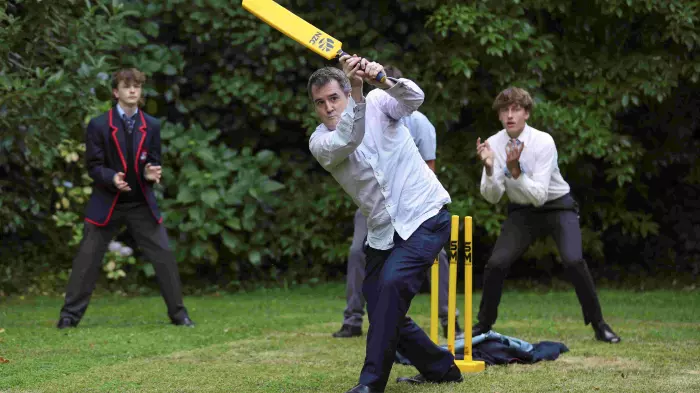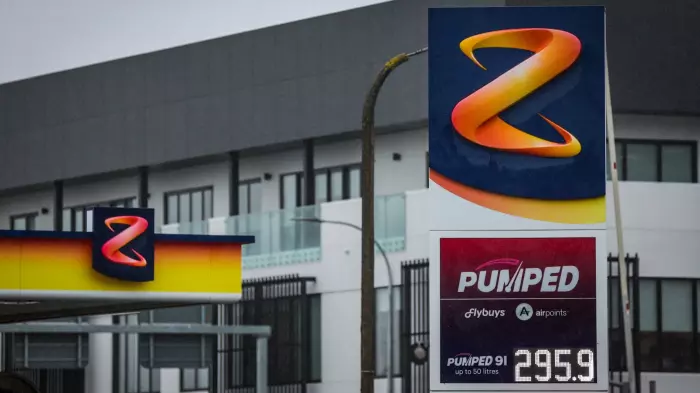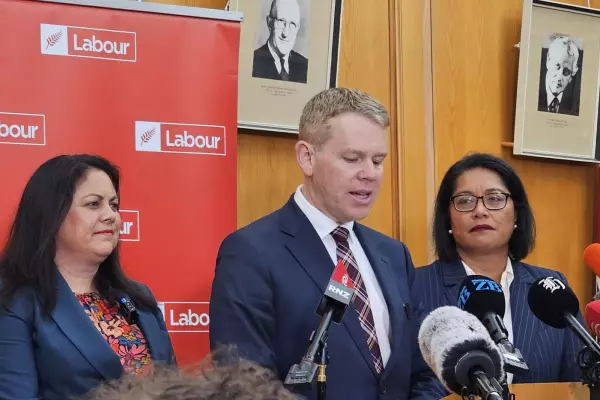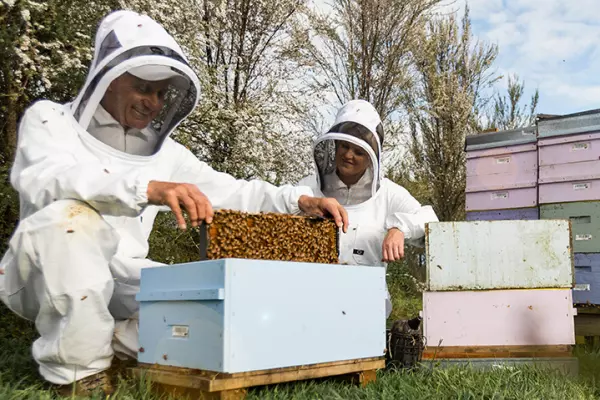Remember March 2020, when the Prime Minister warned us tens of thousands of people might die from covid-19 and we learned a key step in avoiding mass death was a thing called contact tracing?
We were all a bit vague on the jargon back then, but an academic from the University of Otago called Dr Ayesha Verrall said we weren’t doing this vital aspect of epidemic prevention very well.
She advised the government that public health officials should reach at least 80% of people who’d been exposed to a covid case within four days and have them isolate and get tested.
Dr Verrall said it was “critical” this was done because anything less meant “onward transmission will already have occurred”.
The Prime Minister responded by pumping more money into the Ministry of Health and saying her government would build a contact tracing system that was a “gold standard”.
The Director-General of Health Dr Ashley Bloomfield thanked Dr Verrall for her advice, told us it had been taken on board, and embarrassingly I think most of us forgot about it.
That wasn’t too surprising, because thanks largely to our distance from anywhere and a system of managed isolation for incoming travellers, there hasn’t been that much covid in the meantime.
Gold standard
So, how have we done at contact tracing community members who’ve been in close proximity to a covid case since — when there has been an outbreak? The Ministry of Health publishes this information every two weeks, so a review isn’t difficult. And the answer is — terribly.
For the whole period from last August to the most recent data (more on that soon), we’ve managed to contact and quarantine just 35% of community contacts exposed to a source case within four days.
Looking at the most recently published data (January 15 - 28), which covered the Northland community transmission announced on 24 January, only 48% of contacts were made during the four day ‘gold standard’.
Most interesting will be the data for all of February this year, in light of the tail end of the Northland case and the South Auckland cluster, which has resulted in two lockdowns for a third of the country’s population.
However, that information is missing completely. For some reason, the Ministry hasn’t published it.
What we do know is that far from the reassuring words Dr Bloomfield gave Dr Verrall back in April 2020 about improving performance, not only have we not done that, Dr Verrall’s recommended standard isn’t actually very high by others’ standards.
Across the ditch in Victoria (Australia), with a population of 6.3 million, the Victorian Department of Health and Human Services (VDHHS) aims to have all close contacts of a positive case contacted and isolating within 48 hours of being notified of a positive result.
They publish their data weekly (instead of biweekly — when our Ministry of Health is actually publishing it) and they regularly go close to meeting 100% success in half the time of New Zealand’s efforts.
Slow to act
For example, for the week to Feb 16, VDHHS notified 99.8% of known contacts (5,749 people) of the 17 new positive cases within 48 hours and told them to stay home and isolate for 14 days. For the week to Feb 23, it was 99.9% (711 people).
ACT’s opinion of why New Zealand is performing so poorly is that the government’s approach to the covid-19 response has been all wrong.
From the outset, they’ve allowed themselves to be captured by officials who might be sound on policy but are out of their depth on delivery.
The key to better delivery is to allow the best people to be involved and to be open to new thinking and technology — better ways of doing things.
Whether it’s a covid card or variants of Bluetooth tech, daily saliva PCR testing or any number of good ideas in the marketplace, this government has been slow to act or won’t act at all. Dr Bloomfield and his officials clearly don’t want to change what they’re doing and this government doesn’t listen to anyone else.
As a result, no one really knows what’s next in the covid-19 strategy. A group of exasperated business people has politely written to the government asking what next looks like and pleading to be involved.
But business has tried this before and been rebuffed. There’s no reason to think this time will be any different. This government is intent on keeping its counsel narrow, utterly beholden to its close group of officials who’ve gone all-in with them on the ‘we can handle this on our own’ strategy.
What’s clear from our woeful contact tracing performance is they can’t do it on their own, but they’re just not interested in hearing that, let alone improving, no matter how many times we yo-yo in and out of crushing lockdowns.










